Mousse de Guanábana 1999 (Soursop Mousse)
Ijjász S., Emöke. Chirimoya y Guanábana. Santafé de Bogotá , D. C., Colombia : Panamericana Editorial, 1999. [TX811 .C45 1999]
Last week’s guanábana recipe from Antiguo Manual de Cocina Yucateca piqued my interest in this unusual fruit. To my surprise, our collection also contains a small cookbook entirely dedicated to the guanábana and a similar member of the Annona genus called the chirimoya.
Both fruits belong to the Annona family, but the chirimoya prefers a mild subtropical climate, rather than a fully tropical one. The Chirimoya fruit is smaller than that of the soursop (although large ones can still weigh up to 6 pounds) and generally heart-shaped with fleshy, rounded protuberances.[1] It comes into season earlier than the soursop, being most widely available from March through September (while the soursop ripens in Mexico from October to December), but both fruits have a tart flavor that makes them popular in sorbets and aguas frescas.[2]
Chirimoya y Guanábana provides a brief, one-page introduction to each fruit, including translations of their names into numerous languages and nutritional information. Each recipe in this short 45-page book is accompanied by a color photograph of the finished dish.
In all cases, from Pollo a la Guanábana to Sorbete de Chirimoya, the fruit is either juiced or pulped prior to using it in the recipe. The seeds of both soursop and chirimoya are toxic, so be sure to remove all seeds prior to juicing or pulping, particularly if you plan to use an electric blender.[3]
Chirimoya is frequently translated as “custard apple,” and indeed that is the English term given in Chirimoya y Guanábana; however, Julia Morton maintains that custard apple properly refers to A reticulata L. and not A chermola Mill. [4] Nonetheless, I suspect that if you are able to find custard apples, they should be close enough to work well in the following recipes.
Mousse de Guanábana (28-29)
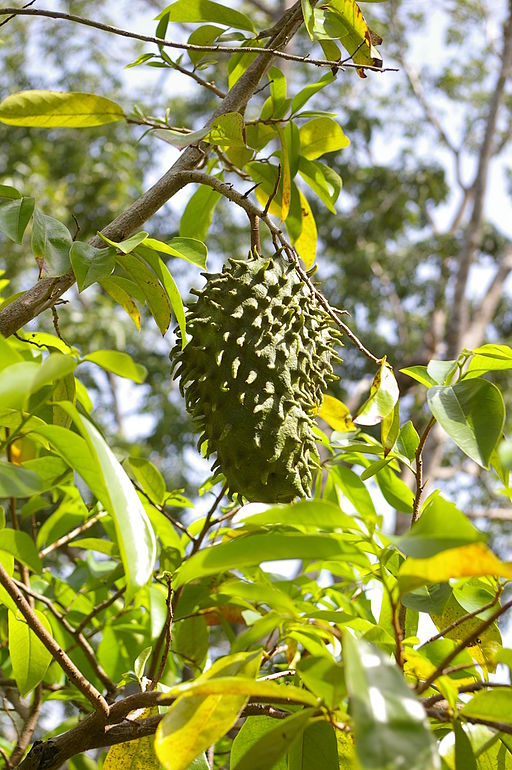
1 guanábana mediana
3 cucharadas de azúcar pulverizada
jugo de 1 lima
1 cucharada de gelatin sin sabor
2 claras de huevo
pizca de sal
½ taza de crema de leche
espirales de cascara de lima
Pelar la guanábana, retirar las semillas y presionar la pulpa a través de un colador. Agregar 2 cucharadas de azúcar y mezclar hasta dissolver. Añadir el jugo de lima y la gelatina, disuelta en un poco de agua caliente. Mezclar y reservar por 1 hora.
Batir las claras con la sal, a punto de nieve, incorporar poco a poco el resto de azúcar.
Batir la crema, incorporar con las claras a la guanábana, verter en moldes individuales y refrigerar.
Adornar con espirales de lima y server.
4 a 5 porciones.
Soursop Mousse (28-29)
1 medium soursop
3 tablespoons powdered sugar
juice of 1 lime
1 tablespoon unflavored gelatin
2 egg whites
pinch of salt
½ c. heavy cream
lime peel in decorative spirals
Peel the soursop, remove the seeds, and press the pulp through a sieve. Add 2 tablespoons sugar and mix until dissolved. Add lime juice and gelatin, the latter dissolved in a little hot water. Mix and set aside for 1 hour.
Beat egg whites with salt until they form peaks, and then gradually add the remaining sugar.
Whip the cream, add both the cream and the egg whites to the soursop mixture, pour into individual molds and refrigerate.
Garnish with limes peel and serve.
4-5 servings.
Crema de Chirimoya y Almendras (12-13)
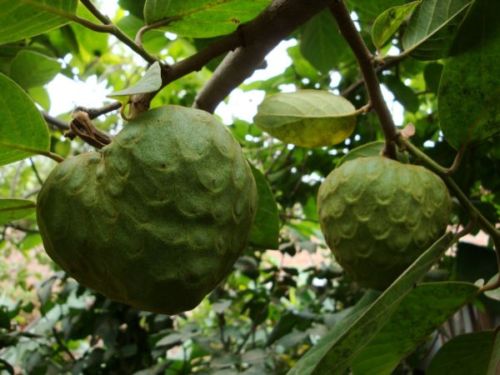
2 libras de chirimoyas maduras
2 tazas de crema de leche, batida
3 cucharadas de azúcar pulverizada
¼ cucharadita de esencia de almendras
¼ cucharadita de nuez moscada rallada
¾ taza de almendras, cortadas en tiras y tostadas
Pelar la cherimoya, retirar las semillas y licuar la pulpa hasta obtener un pure; incorporar la crema de leche con movimientos envolventes. Agregar el azúcar, la esencia de almendras, la nuez moscada y ½ taza de almendras.
Repartir la preparación en seis recipients individuales y salpicar la superficie con las almendras restantes. Enfriar por 3 horas y server.
6 porciones.
Chirimoya and Almond Cream (12-13)
2 pounds ripe chirimoya
2 cups heavy cream, whipped
3 tablespoons powdered sugar
¼ tsp. almond extract
¼ tsp. grated nutmeg
¾ cup almonds, toasted and slivered
Peel the cherimoya, remove its seeds and blend the pulp in a blender till it becomes a puree. Fold in the cream. Add the sugar, the almond extract, nutmeg, and ½ cup almonds.
Divide the mixture into 6 individual containers and sprinkle the surface with the remaining almonds. Chill for 3 hours and serve.
6 servings.
[1] Julia F. Morton, “Cherimoya,”Fruits of Warm Climates (Winterville, N.C.: Distributed by Creative Resources Systems): 75-80. NewCROP Database. Purdue University.
[2] Ricardo Muñoz, “Chirmoya,” Diccionario Enciclopédico de Gastronomía Mexicana (México: Larousse, 2012), 181.
[3] Julia F. Morton, “Cherimoya,”Fruits of Warm Climates (Winterville, N.C.: Distributed by Creative Resources Systems): 75-80. NewCROP Database. Purdue University.
[4] ibid.

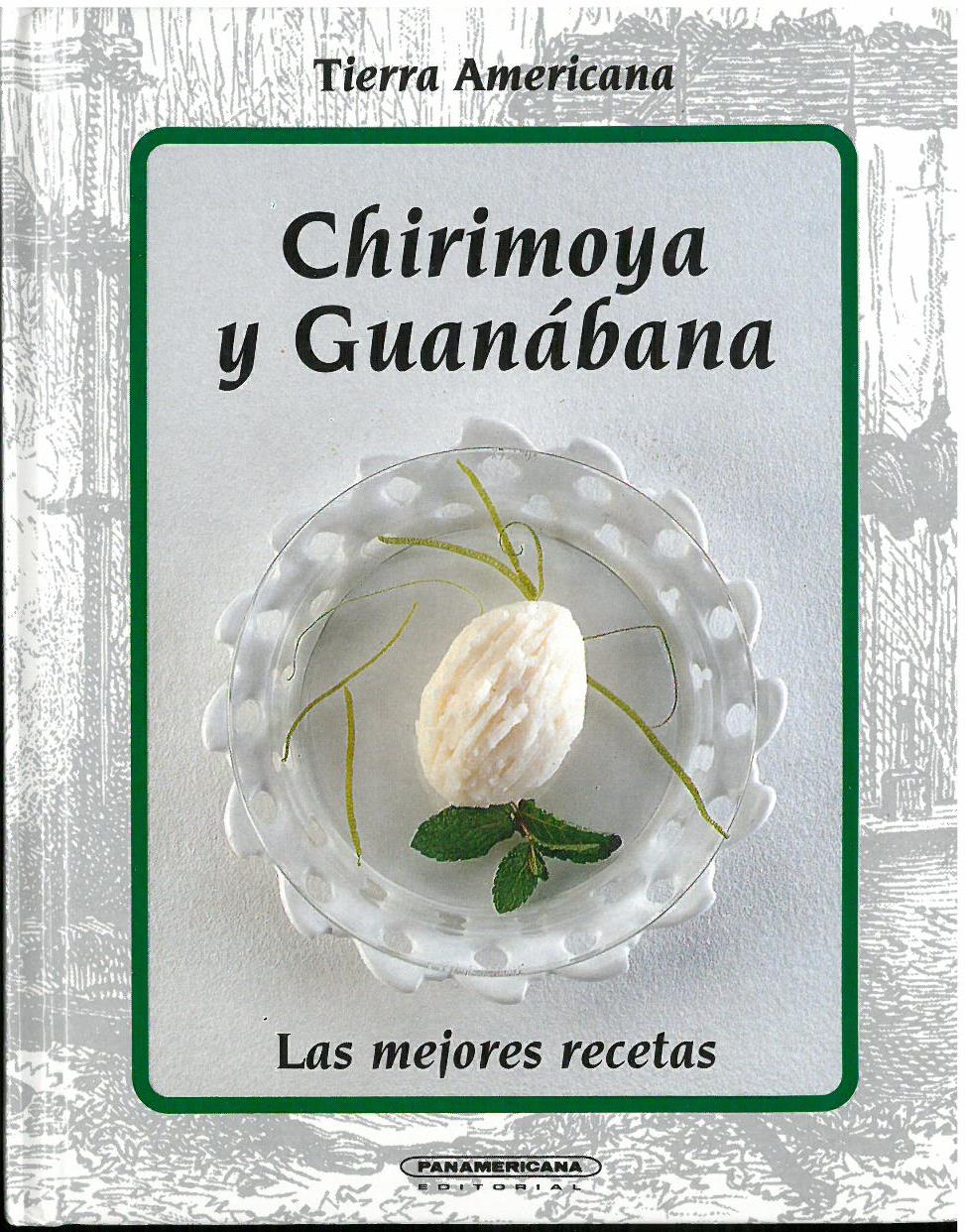

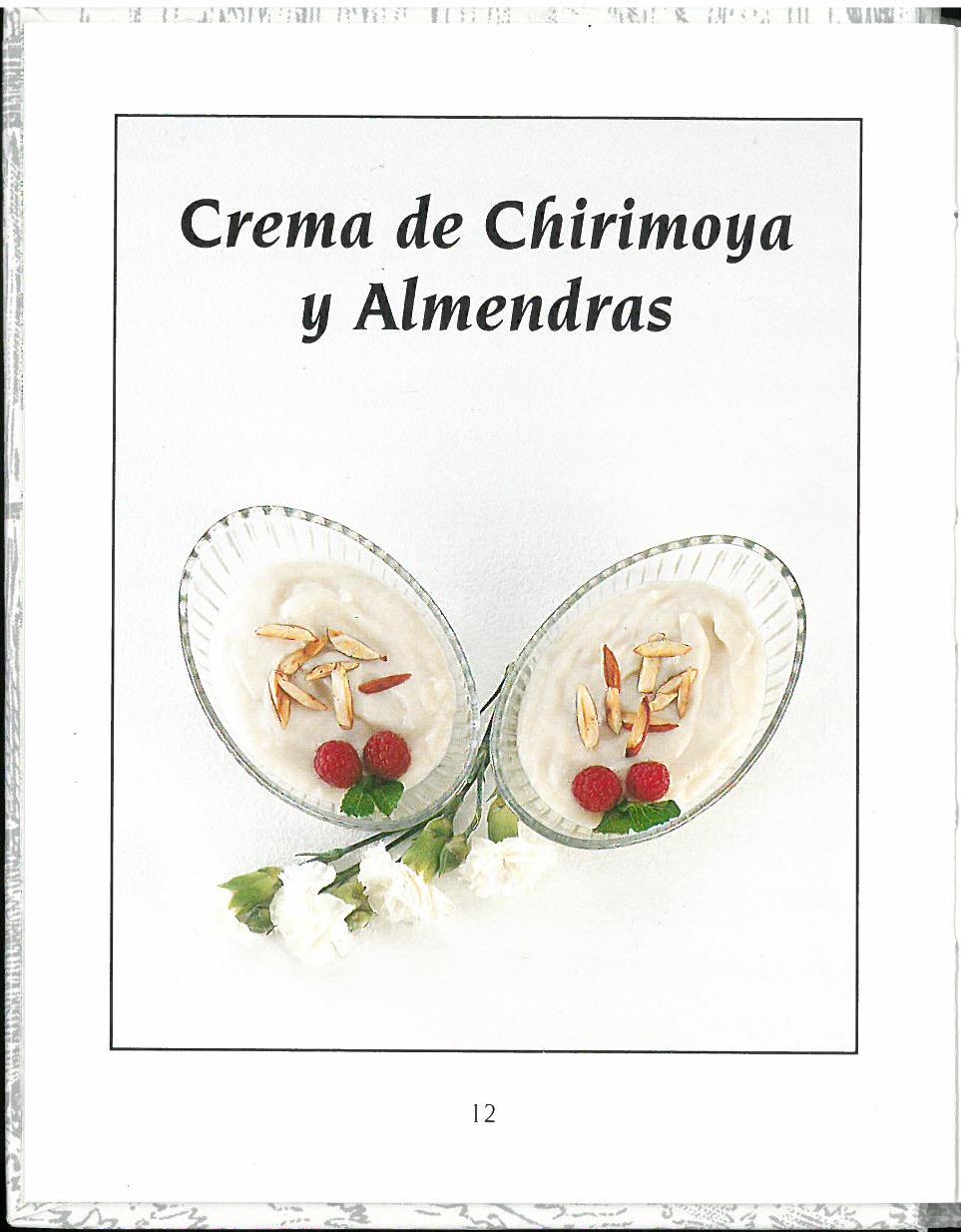
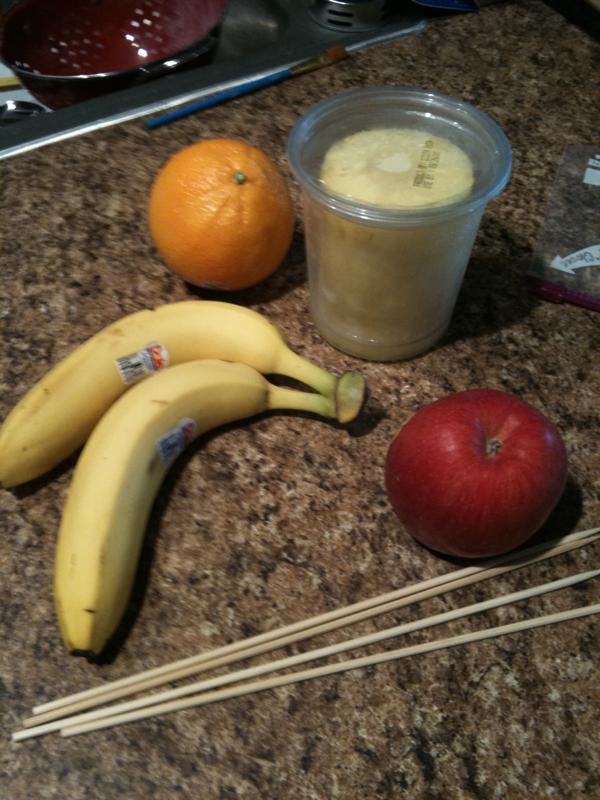
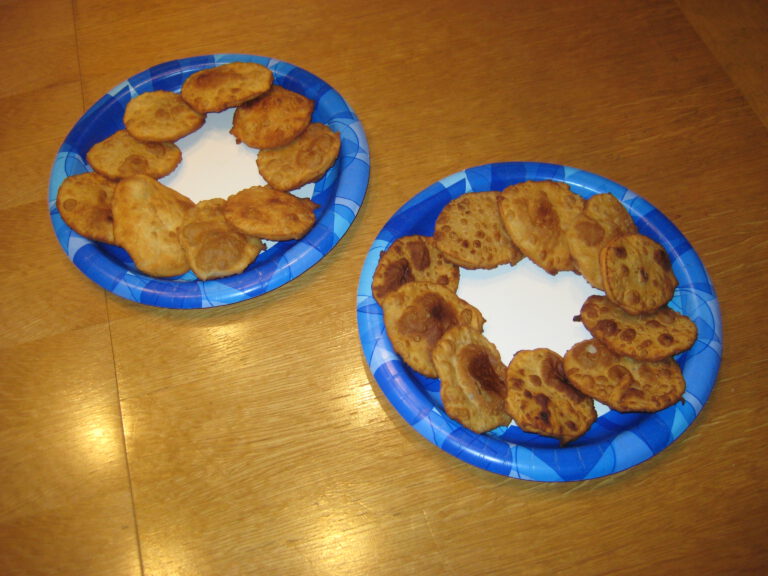
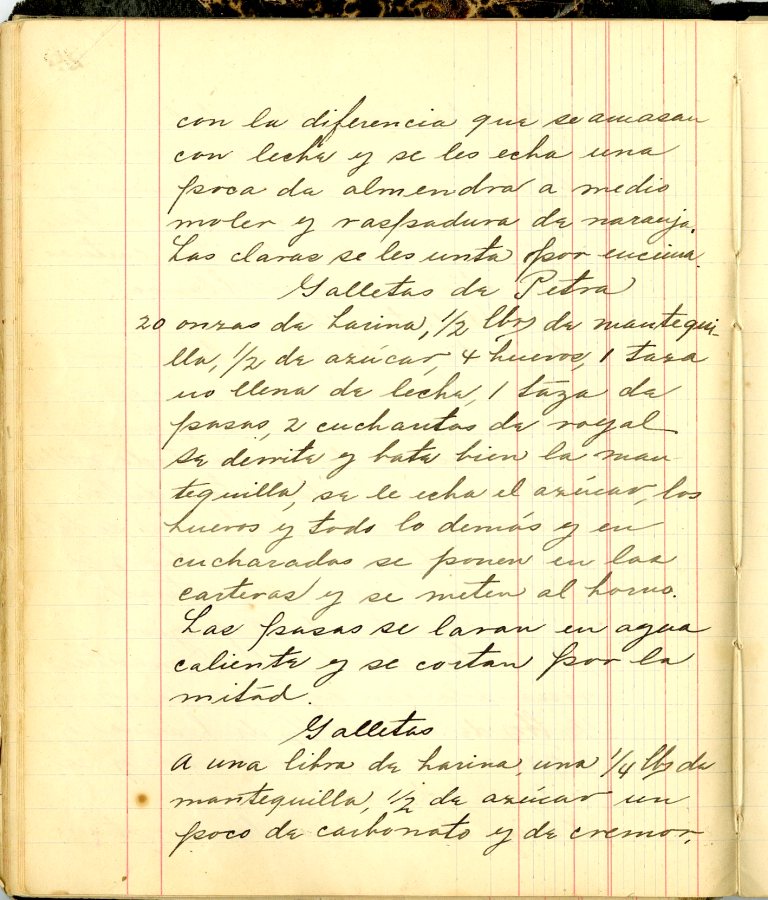
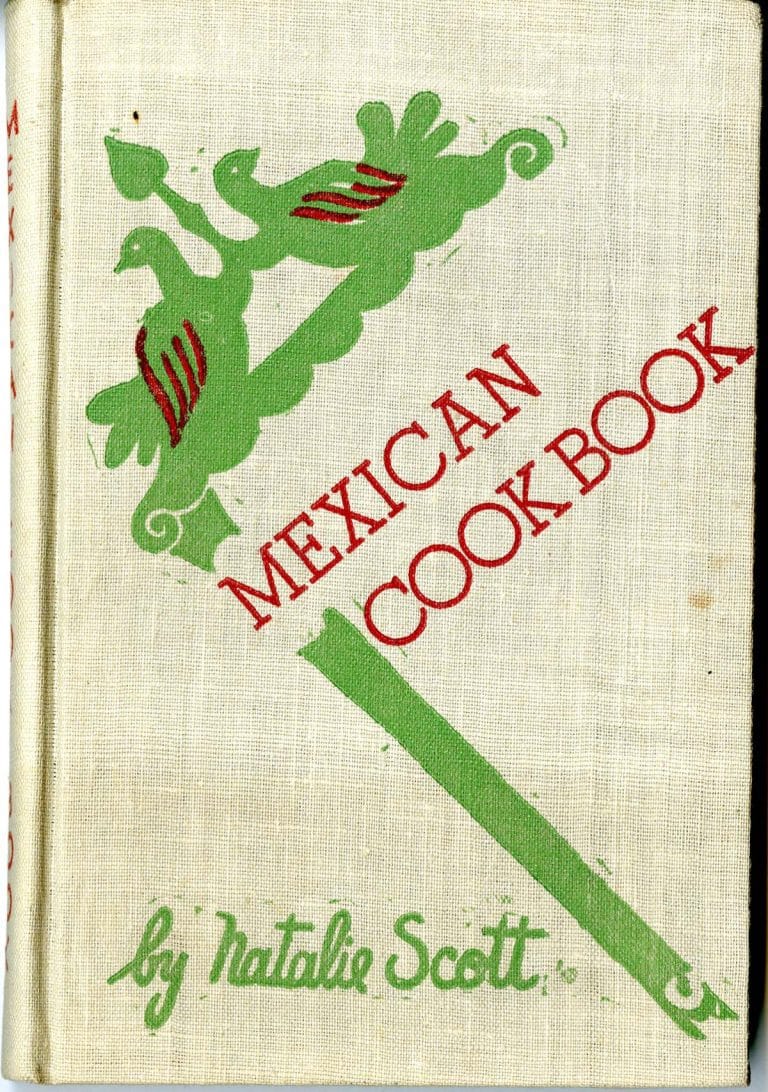
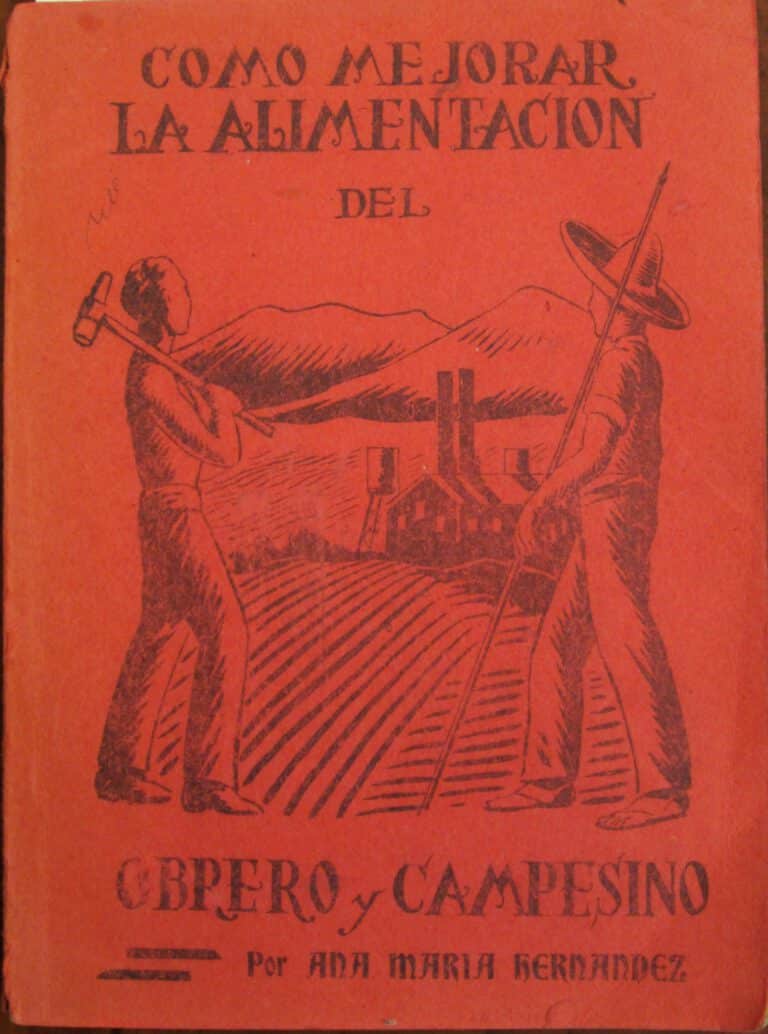
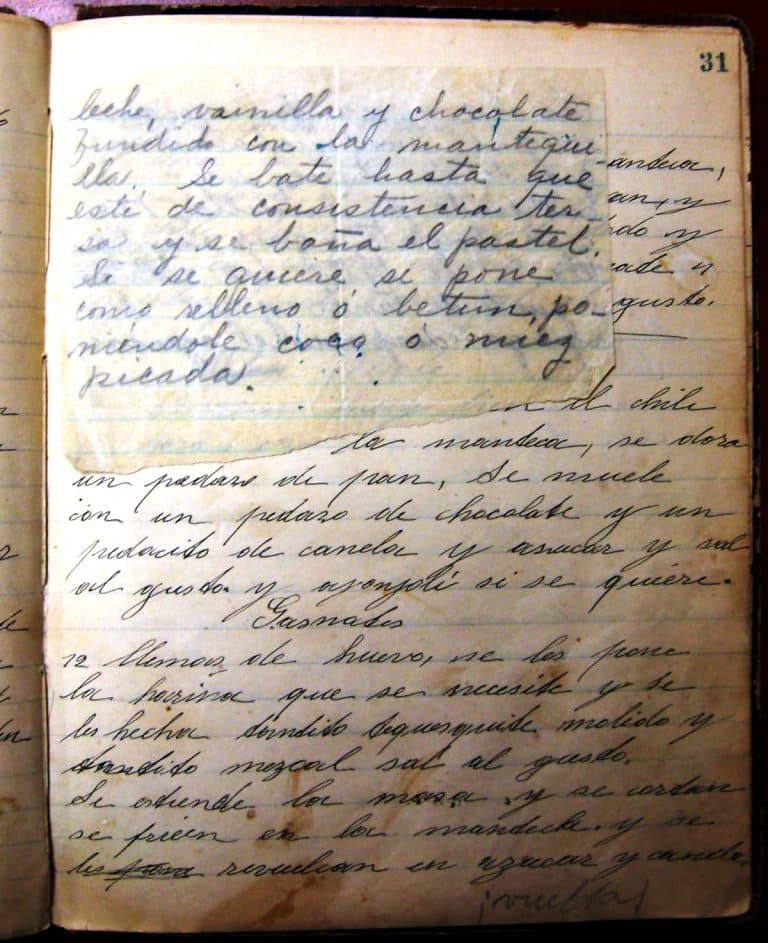
Fenouillin es un plato artesanal. Sus ingredientes están en armonías con la naturaleza. Su receta es secreta y utiliza un saber ancestral. Tiene un sabor, un perfume, un olor anisado o afrutado. Es totalmente solar en su aspecto. Sus proporciones utilizan la cifra de oro (1,618033).